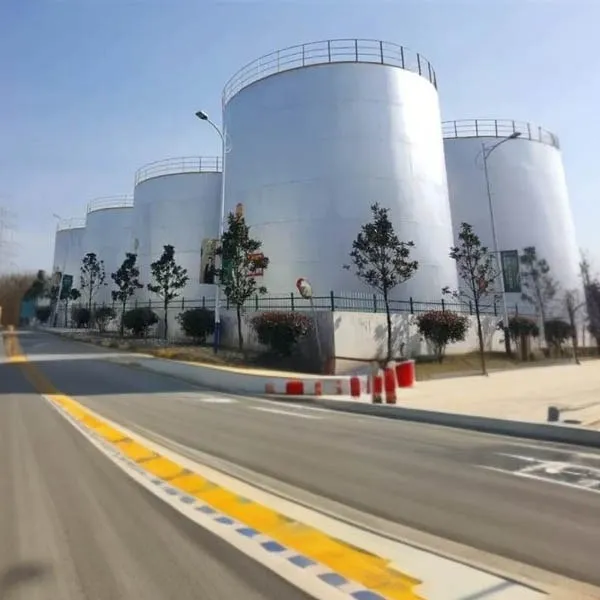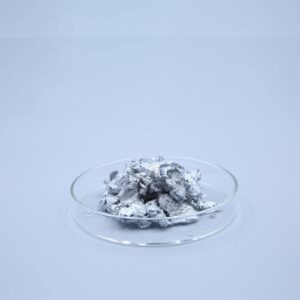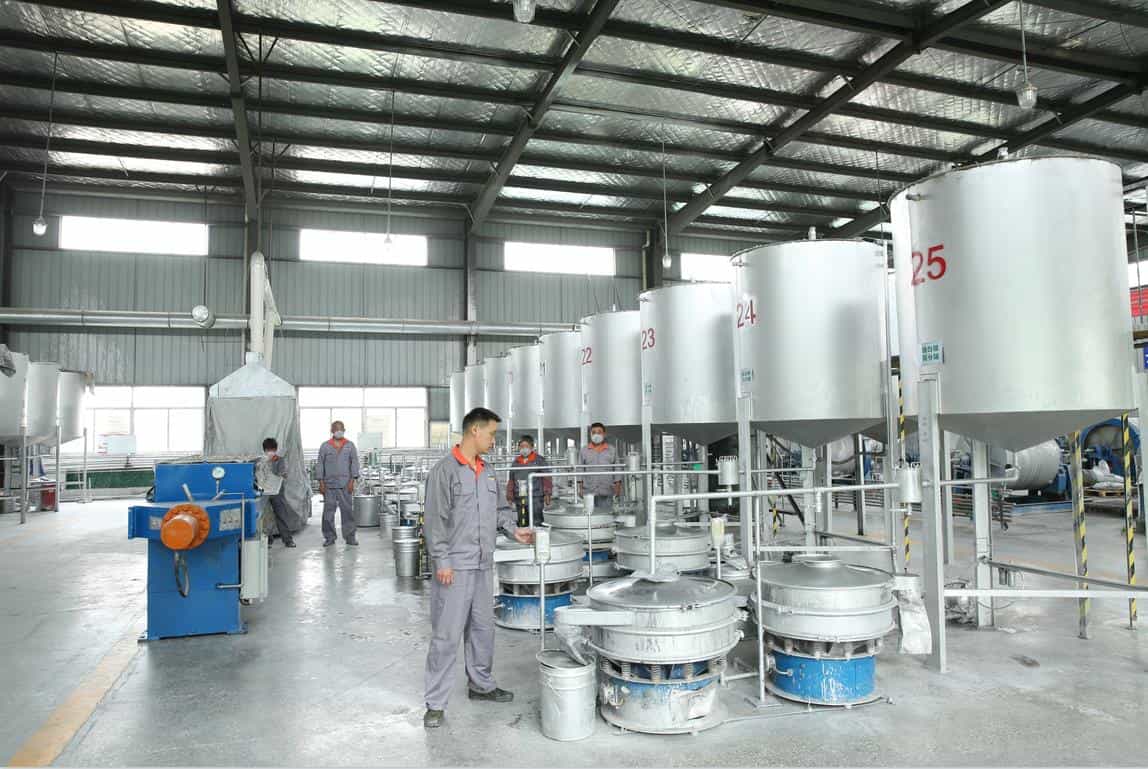Environmental Considerations of Aluminum Pigments

Energy Consumption
An environmental consciousness concern about the production of aluminum pigment is one of the primary issues for its energy-intensive manufacturing process. The process involves refining bauxite ore into aluminum metal which exerts and consumes significant amounts of energy. These energy-intensive operations contribute to greenhouse gas emissions and global climate change.
To address the issue, manufacturers are increasingly growing their sustainable practices by using renewable energy sources and more efficient production techniques. These changes not only reduce their carbon footprint but also cut operational costs.
2. Waste Pollution
With regards to the production of aluminum pigments, comes with waste products and pollutants that are particularly in the form of red mud and emissions. Red mud is known as a byproduct of aluminum production and can pose a disposal challenge. There have been efforts to recycle and reuse red mud to impose proper disposal and treatment methods that can necessarily prevent environmental contamination. Emissions from the manufacturing of pigments such as volatile organic compounds (VOCs) must also be minimized. A solution for this includes innovative technologies like solvent recovery systems and air pollution control devices are often employed in facilities to reduce emissions and minimize their impact on air quality.
3. Ecological Impact
The manufacturing of aluminum pigment can result in ecological consequences from extraction of bauxite ore, deforestation, and habitat disruption. Bauxite mining can harm local ecosystems and disrupt the communities that depend on these natural resources. Companies are increasingly implementing a focus on sustainable mining practices and reclamation efforts to reduce the impacts of mining. They also intend to protect biodiversity and rehabilitate areas after mining operations cease.
4. Recycling and End-of-Life Considerations
Aluminum pigments are often used in applications wherein recycling can be a challenge. Products like automotive coatings or aerospace components can be difficult to recycle which makes aluminum pigments embedded within them less accessible for reclamation. This challenge is mitigated by manufacturers by developing more recyclable product designs and investigating novel separation and recovery technologies to extract valuable aluminum pigments from end-of-life products. And lastly, this reduces the need for new pigment production and conservation of resources and energy.
5. Regulatory Compliance
Government regulations and environmental standards play a critical role in shaping the practices of aluminum pigment manufacturers. Environmental laws and regulations are essential factors that ensure responsible and sustainable production, therefore compliance to them are valuable and responsible practice. Moreover, stringent regulations can incentivize companies to adopt cleaner and more environmentally friendly manufacturing processes.
Purchase high-purity aluminum pigments from a reliable supplier – Five Star Materials.















